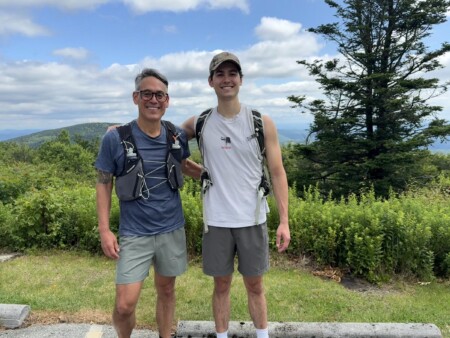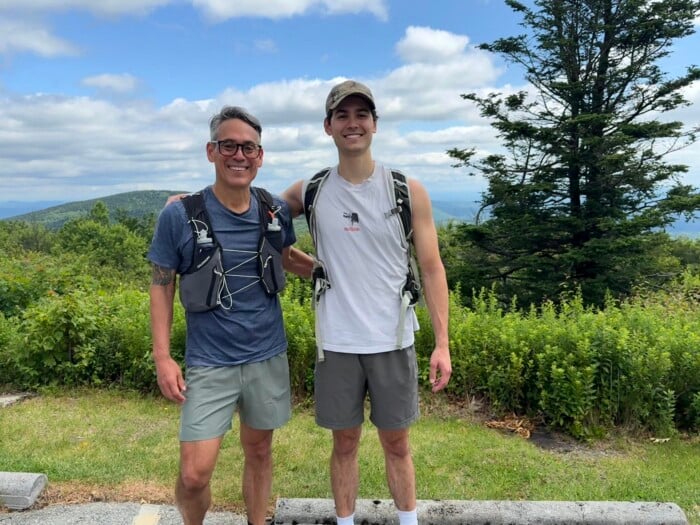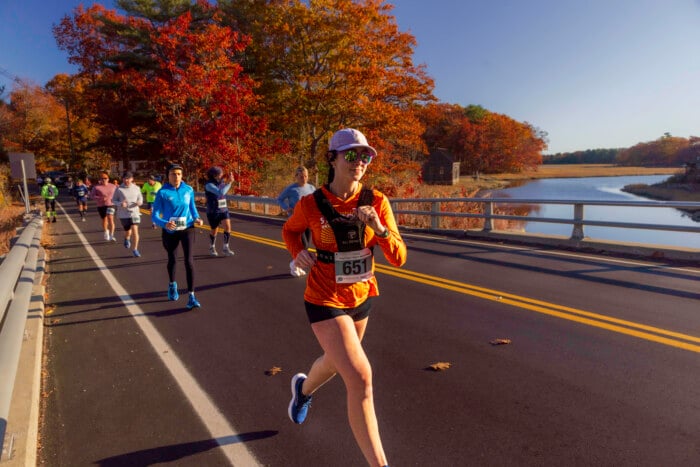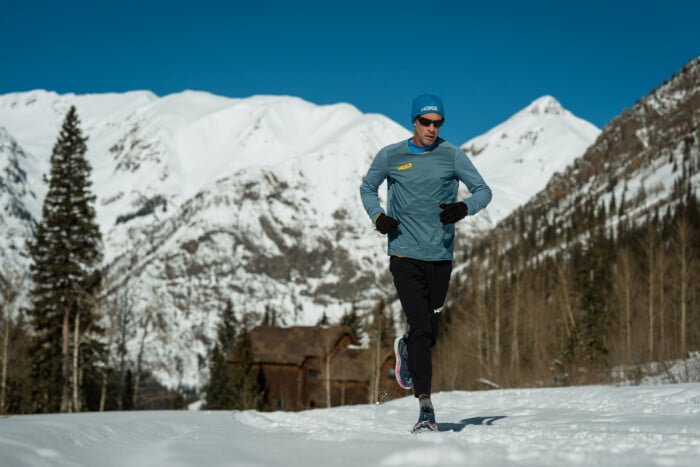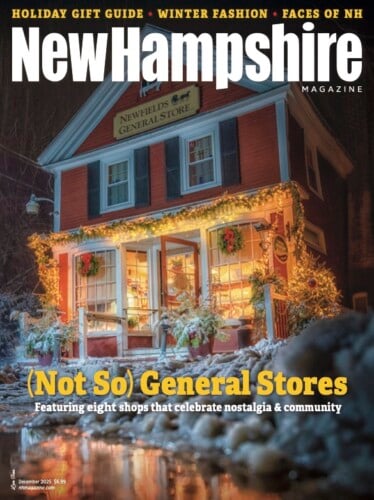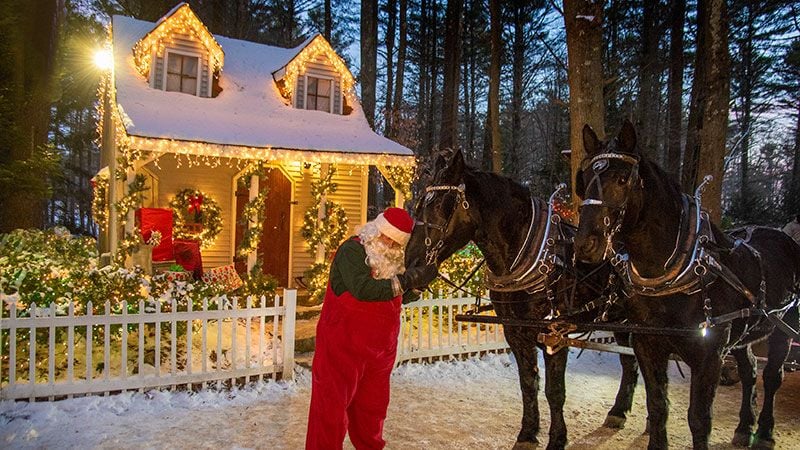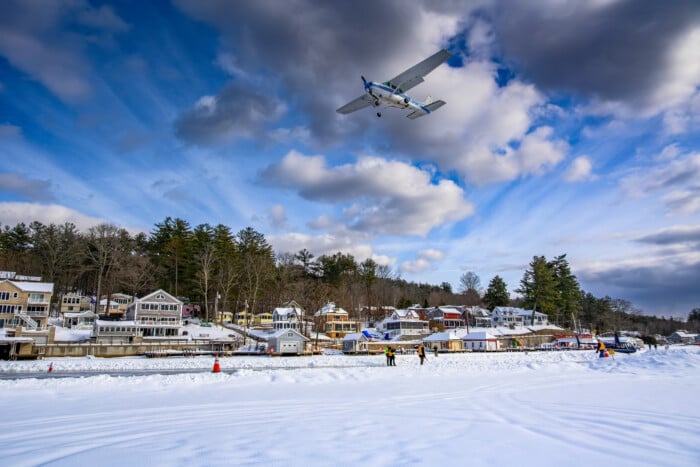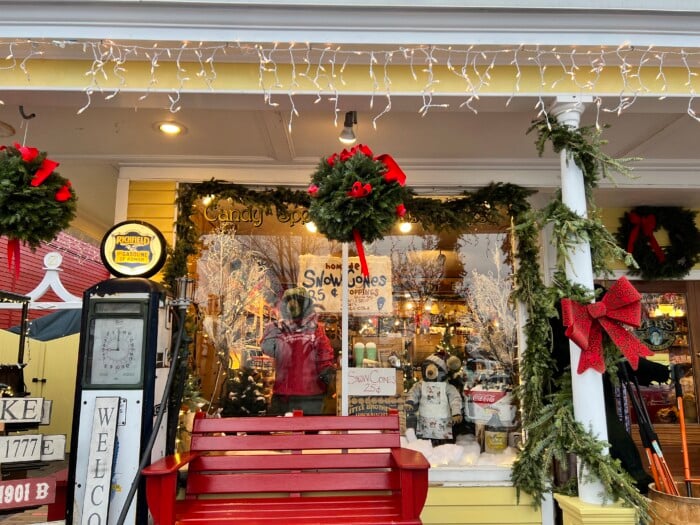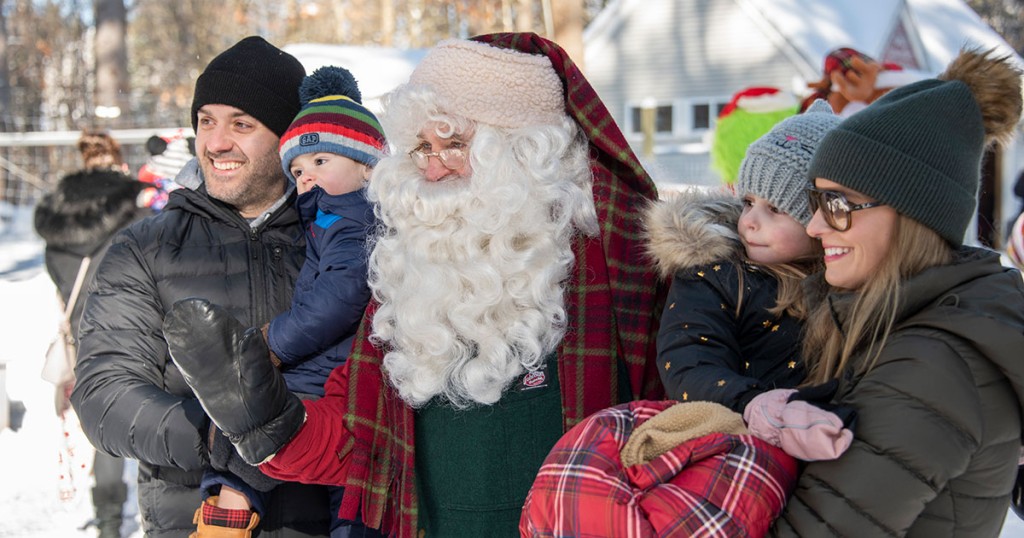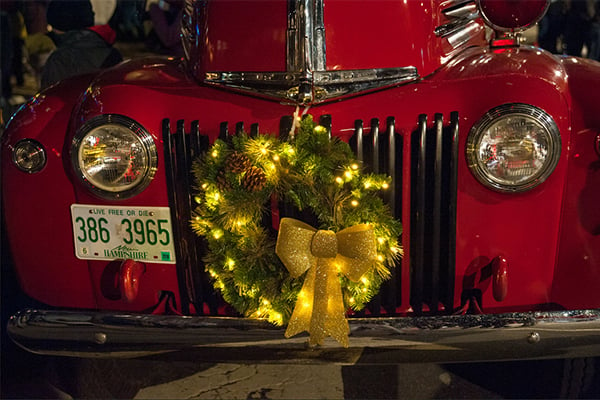Lose the Road and Find the Flow with Ernesto
NH Magazine's publisher, Ernesto Burden, is an avid runner- find the flow of trail running with him, and see his tips for trail running in NH
I’m running and I’m not looking at my Garmin. That’s notable. That irresistible compulsion to think in terms of mile splits — what pace should I be running? — is gone. I have no idea. Trees flash past me. It’s not road or track fast, but I feel like I’m flying.
I’m on a narrow runnel of hard-packed, sandy dirt, gnarled here and there with knots of roots and fists of rock. Running beside me is a brook that winds, splashes and froths cheerfully into mirror-like pools that reflect overhanging tangles of branches. Then I’m climbing up onto a ridge, away from the water, slowing to leap up over stony stairsteps. Still not looking at my watch. Then plunging down again in wild abandon, letting gravity dictate the pace, arms out for balance. I whoop. When was the last time I whooped?
That’s the moment, I figure, I decided I wanted to be a trail runner.
I’ve been a road runner for more than 30 years, and a serious marathoner for about two decades. I’ve hiked all over New Hampshire, but the idea of actually running on trails always seemed like a thing only certain special kinds of people did. Graceful, gifted people. People who don’t catch a toe and go headfirst every so often. If it’s possible for me to trip on a road or sidewalk (it is, and I do), wouldn’t I get killed running on real trails?
Turns out, no. I’ve found our brains work differently on trails. On the road, we tend to go deep, get lost internally. On the trail, our focus is extended outward, to the trail, the roots, the rocks, the reality of the place we’re moving through. It’s a lot easier to stay on your feet when you’re actually paying attention to where they’re landing.
After my last marathon season, I felt burned out. The endless math, the spreadsheets, the perfectly portioned gels, the drill sergeant in my head barking every split: 6:48, hit it or else acknowledge the march of time, your encroaching mortality. I wanted to escape that voice, to just run. Play. Stop for a sandwich once in a while.
The shift began when my sister invited me to run the Ghost Train Haunted Night 30-Mile Race coming up this October in Milford. It’s an evening into nighttime ultra on a rail trail. Not singletrack, but different enough to feel like fresh territory. Training for it, I found myself on dirt paths and singletrack trails, and for the first time in years, I stopped looking at my Garmin every two minutes. Pace doesn’t really mean anything when the terrain is so varied. I just ran.
I started researching gear. I bought a vest that rode flat on my back and didn’t bounce, even with a map, headlamp and first aid kit in it. It came with two soft water bottles that tuck into pockets on the chest straps. I bought trail shoes and gaiters to keep the gravel out of the shoes.
On my 55th birthday my eldest son David and I celebrated by running from the northern terminus of the Wapack Trail in Greenfield, NH, over North Pack and along the ridge to Pack Monadnock and back. It was about 8.5 miles. We didn’t run the whole thing. Some of it was too steep for anything but scrambling, but there were some beautiful runnable stretches through ferny gullies and alongside long-forgotten stone walls, built in an older New England when the trees had been cut down for farming, before the forest had reclaimed the land.
Trail veterans may be amused to hear that it took until I was 55 to realize the woods seem to impart a kind of permission … to run when you can, walk when you want, hike the climbs, scramble when needed. Just be out there.
The run I was describing at the outset happened later in the summer at Bear Brook State Park in Allenstown. By then, the whole thing had worked its way deep into my nerves, and I wanted more and more. I registered for a 50-mile trail race the next day. I’ve run that far before, but never with this mindset. Never with this sense of leaving the tyranny of the watch behind for something … softer. Running, of course, is always effortful, always brings some discomfort; but the way the forest embraces you as the trail winds into it is gentle somehow. Full of comforting mystery. A threshold space, something primal. Something like home.
And that’s my testimony, from maybe the newest trail runner in the state. I’ve seen the light, and it’s filtering through the turning leaves and dappling a stretch of smooth single-track in shade.
Ernesto’s Trail Running 101
Shoes: If you’re going to spend time on the trails, swapping road running shoes for trail shoes is well worth the investment. Trail shoes have a beefier outsole with larger lugs for traction and stability. They protect your feet better and keep you steady. Imagine dirt bike tires versus road bike tires.
Hydration: If you’re going to be out there for a while, it’s crucial to bring water. Running vests with water bottle holders, hydration packs with water bladders and tubes to sip from, waist packs with bottle holders or handheld bottles are all options. The vest I described above is the Salomon Adv Skin 12. The soft water bottles collapse as they empty and are easy to clean after. Its 12L capacity is flexible enough for long days and roomy enough for my dog Bodhi’s cleanup bags, kibble, and collapsible water bowl.
Fuel: If you’re coming from road running, all the typical gels and chews still work. But trail runners also tend to eat more “real food,” especially for longer, slower efforts. And in ultra races, learning to tolerate real food on the go becomes almost essential. Nobody can take in enough gels for a 20-hour race. Have a sandwich.
Gaiters: Trail running shoes come with hooks for gaiters, which go around your ankles and over the tops of your shoes. They keep the gravel, sand, and pebbles from sneaking in.
Watch: Your road running watch will work for trails as well. Just try not to look at it so much. For really long days or multi-day adventures, most GPS watch companies make ultra versions with longer battery life or even solar power.
How You Run: Pros recommend shortening your stride and keeping your eyes on the ground about 10 feet ahead of you. Don’t stare at your sneakers. Walk the steep, technical climbs. Nobody will make fun of you.
First Aid: Plan as you would for a hike. I tend to bring at least a minimal first aid kit on most runs where I’m an hour or more from the road and help.
Navigation/Safety: For unfamiliar trails, bring a map and compass, download your route to your phone rather than relying on connectivity, and tell someone where you’re going before you start.
Clothing: Judge this the way you would hiking: If you’re going into the mountains, above the tree line, bring what you’d need to survive rapid weather changes or a night out.
Leave No Trace: Absolutely no dropping empty Gu packets or Clif Bar wrappers on the trail. Leave it like you found it. Not that I had to even mention that, right?
